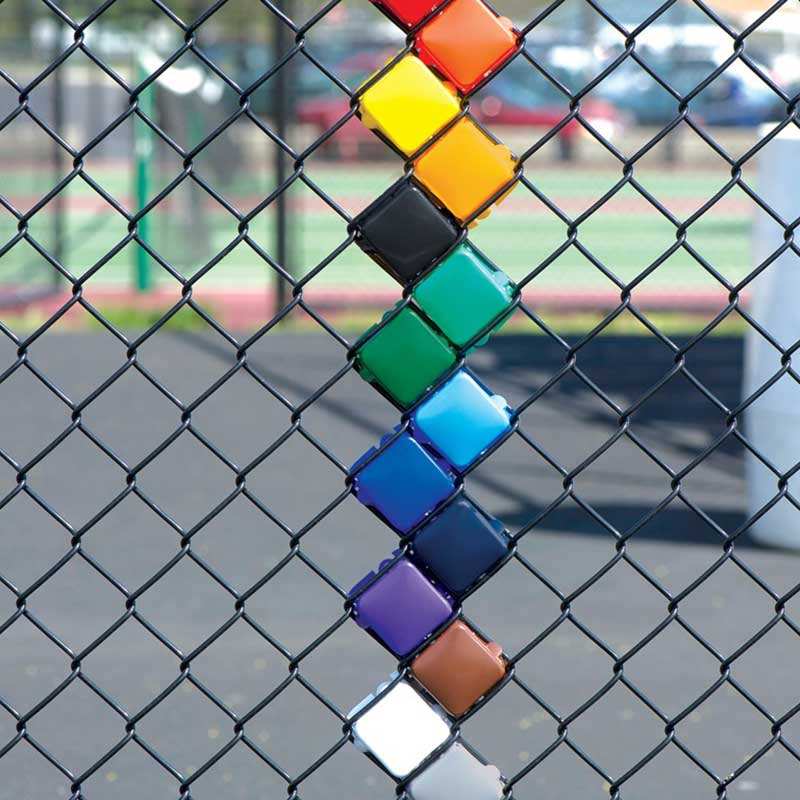Understanding Chain Link Fence Cost Per Foot Factors and Considerations
When planning a fencing project, one of the primary considerations is the cost associated with the materials. Among various fencing options available, chain link fences have gained popularity due to their durability, affordability, and low maintenance. In this article, we will explore the factors influencing the cost per foot of chain link fencing and provide helpful insights for homeowners and contractors alike.
What is Chain Link Fencing?
Chain link fencing consists of interwoven steel wires, creating a diamond-shaped pattern. It is a versatile choice for residential, commercial, and industrial applications. Available in various heights and gauges, chain link fences are typically coated with galvanized steel or vinyl to enhance corrosion resistance and overall longevity.
Cost Breakdown
The cost of chain link fencing can vary significantly based on several factors. Here's a breakdown of what contributes to the overall cost per foot
1. Material Quality The quality of the chain link fabric influences the price. Standard galvanized steel is the most common, but higher-end options like vinyl-coated chain link can increase costs. The gauge of the wire (thicker gauges are generally more expensive) also plays a crucial role.
2. Height of the Fence Chain link fences are available in various heights, with taller fences requiring more materials. The price per foot typically increases with height due to the additional materials needed.
3. Mesh Size The size of the diamond pattern affects the cost. Smaller diamonds typically cost more than larger ones, as the production process can be more complex.
4. Installation Costs Labor costs can vary depending on the region and the complexity of the installation. If you’re hiring a professional, the cost of installation can sometimes equal or exceed the material costs. DIY installations can save on labor, but it’s essential to have the necessary skills and tools.
5. Gates and Accessories If your fencing project requires gates, support posts, or other accessories, these items will further contribute to the overall cost. Gates, in particular, can be expensive, so planning for these is crucial.
chain link fence cost per foot

6. Location Local market conditions, including material and labor costs, can vary widely. It's important to get quotes from local suppliers and contractors to gauge the average costs in your area.
Average Costs
As of recent data, the average cost of chain link fencing ranges from $10 to $30 per linear foot, including materials and installation. On the lower end, you might find basic galvanized chain link fencing, while vinyl-coated options and professional installation can push the price higher.
Tips for Cost Management
1. Compare Quotes Always obtain multiple quotes from suppliers and contractors to ensure you are getting a competitive price.
2. Consider DIY If you have the skills necessary for installation, doing it yourself can substantially lower costs.
3. Plan for Future Needs Consider the long-term implications of your fencing choice. A more expensive, durable option may save money overtime if it reduces replacements or repairs.
4. Maintain the Fence Regular maintenance, such as inspecting for rust and cleaning, can extend the life of your chain link fence and limit future expenses.
Conclusion
Investing in a chain link fence involves careful consideration of several factors that contribute to the overall cost per foot. By understanding the materials, installation processes, and market conditions, you can make an informed decision that balances your budget with your fencing needs. Whether you're enclosing a yard, securing a commercial property, or simply creating a boundary, chain link fencing offers a cost-effective solution that remains one of the most popular choices on the market.
-
Why Galvanized Trench Cover Steel Grating Resists Corrosion
NewsJul.10,2025
-
The Versatility and Strength of Stainless Expanded Metal Mesh
NewsJul.10,2025
-
Load Calculations in Steel Grating Platforms
NewsJul.10,2025
-
Keeping Pets and Kids Safe with Chicken Wire Deck Railing
NewsJul.10,2025
-
Hole Diameter and Pitch for Round Perforated Metal Sheets
NewsJul.10,2025
-
Aluminium Diamond Mesh in Modern Architecture
NewsJul.10,2025
Subscribe now!
Stay up to date with the latest on Fry Steeland industry news.

